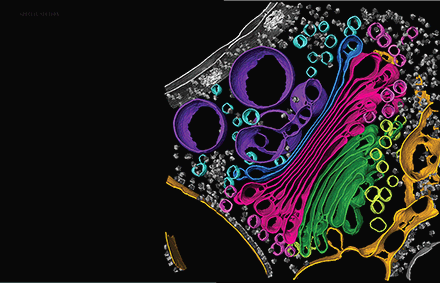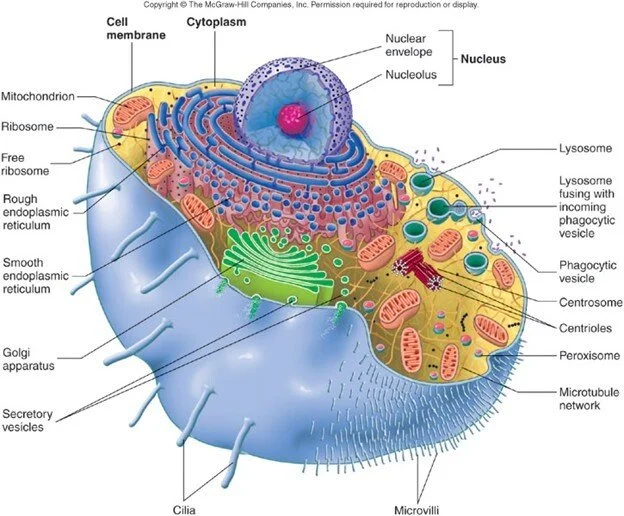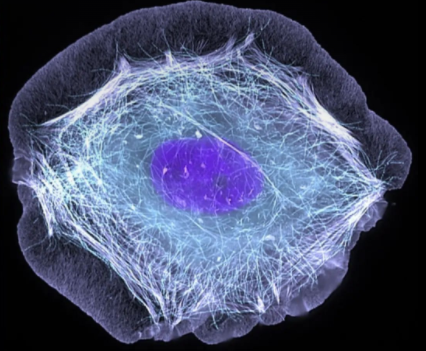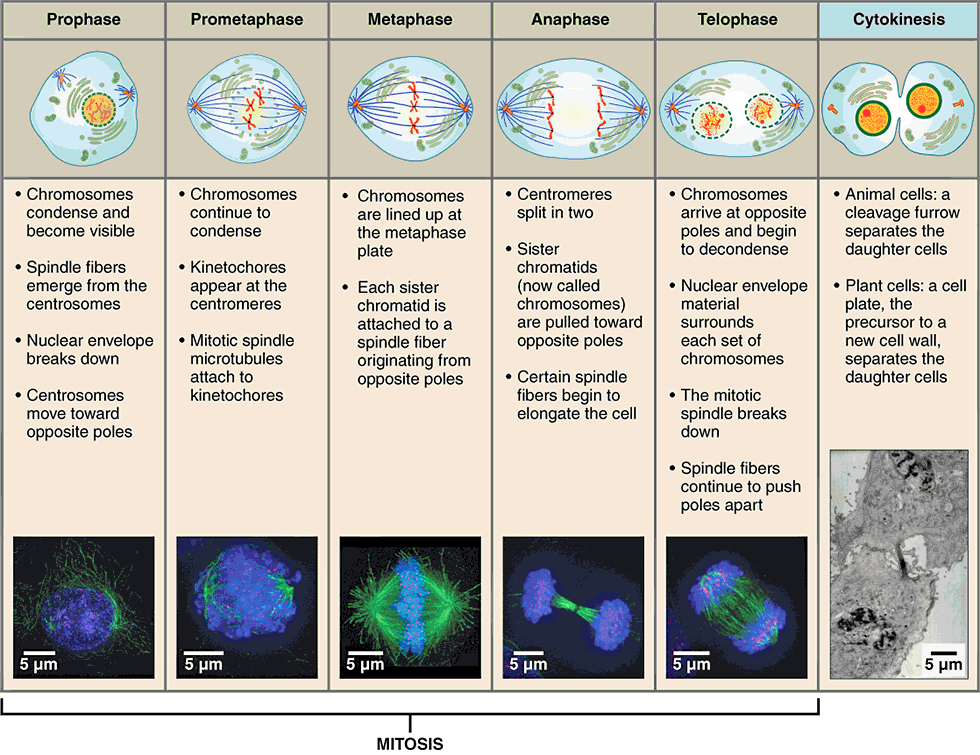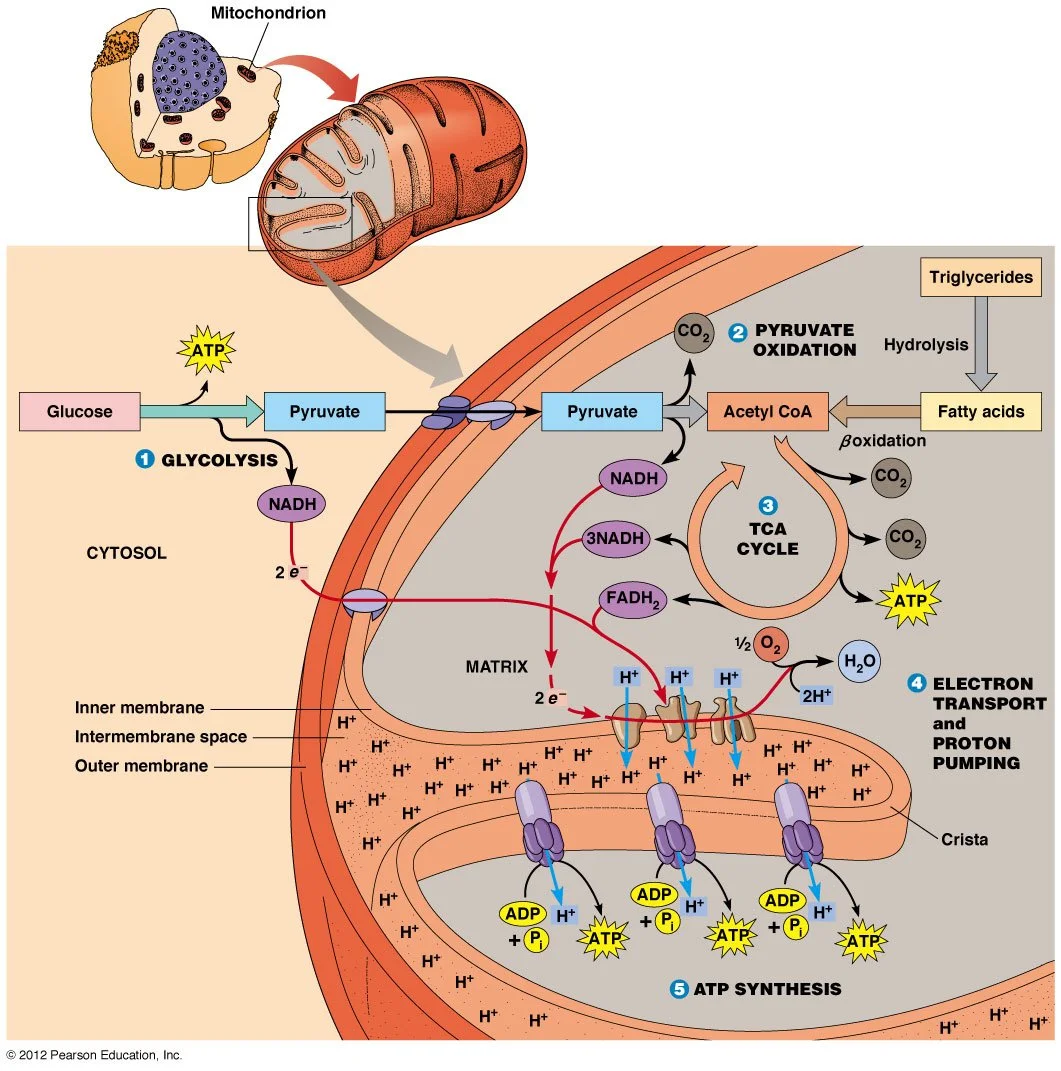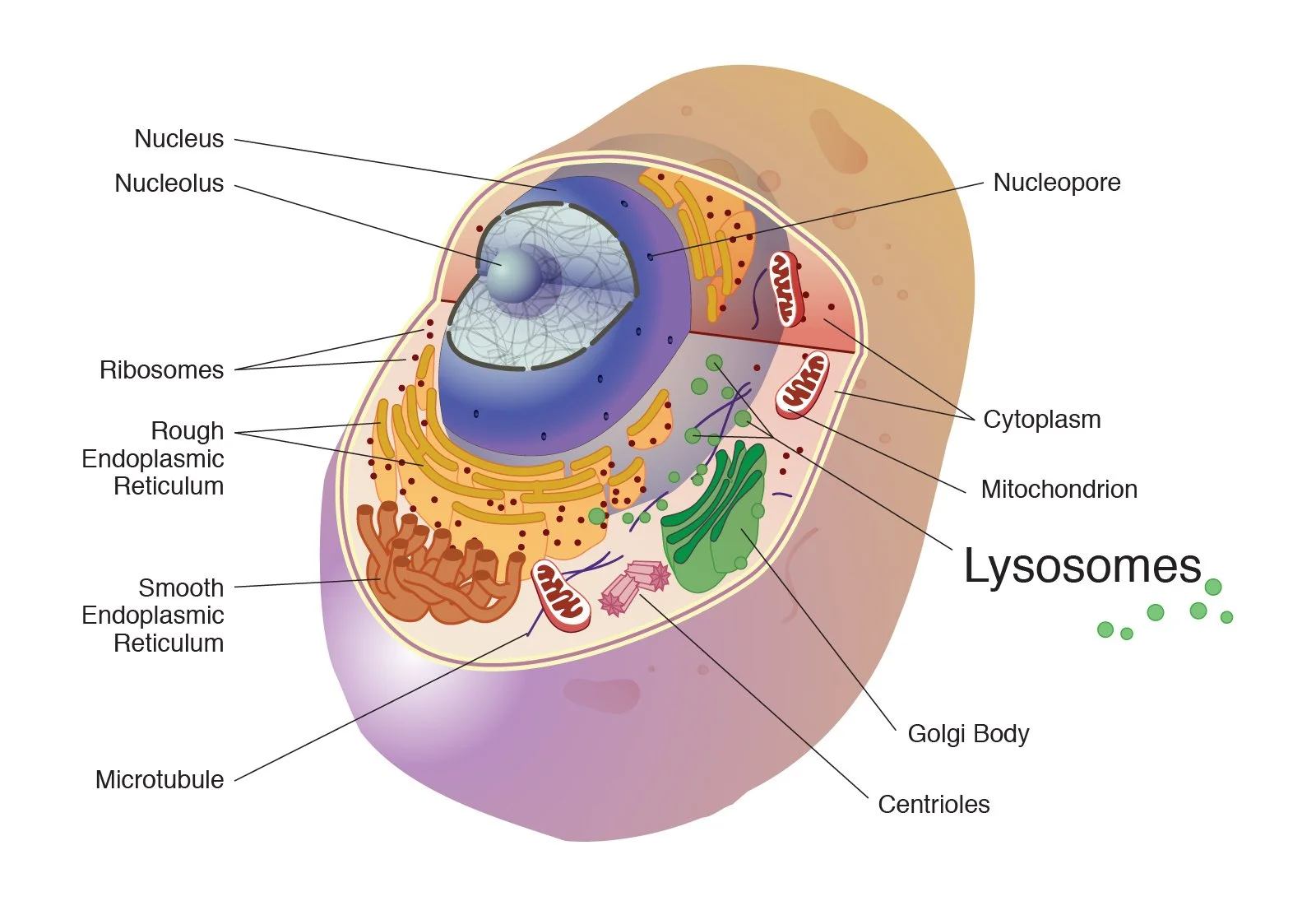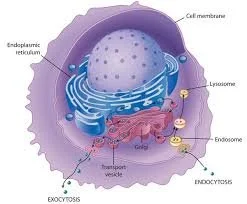INTRODUCTION TO THE SUBCELLULAR SYSTEM
Conscious And Unconscious Dialogue
The interplay between our unconscious and conscious Mind is fluid and flows in both directions all the time, The conscious and unconscious are a continuum of one spiralic mind. They are each the shadow or support of the movement and expression of the other. When we are immersed or expressive of one aspect more than the other, we are actively still in the other.
Cellular Speaking - Cellular Listening
A Structure of Chaos
Cellular embodiment and awareness is a state in which all cell have equal opportunity for expression and receptivity. The structure is one of an open forum, in which all cells share the power of the group collective (tissue, organ, body) by embodying their present state of being.
Cellular Communication
Cellular communication is a form of communication technology that enables the use of mobile phones. A mobile phone is a bidirectional radio that enables simultaneous transmission and reception. Cellular communication is based on the geographic division of the communication coverage area into cells, and within cells
Cellular & Nervous System Learning and Control
The nervous system is the most complex and highly organized body system. It receives information from the sensory organs via nerves, transmits the information through the spinal cord, and processes it in the brain. The nervous system directs our body’s reactions to the world and also controls most of our internal functions, everything from muscle movement and blood vessel dilation to the learning of anatomy and physiology facts. How does it manage all this? By sending lightning-quick signals, electrical and chemical, between cells.
Embodying Cellular Consciousness
Introduction
Method of Study & Research
Process of Embodiment
Movement & Touch
Activity and Perception
Cells
Cells and Tissues
Nature and Nurture
Imagination
Consciousness
Learning
Breathing
Somatization
Cellular Processes
Preface
The study of the consciousness of cellular substructures began for me five years ago when Benny initiated me in the search for the mitochondria, the breathing and energy source of the cell. Three years ago, Nathan thrust me into deeper study of the inner processes of the cell. In October, 1994, Janina entered my life and has greatly escalated and guided me on this journey through the inner worls of the cells, including the potential moments of transformation as our genetic inheritance continually cycles between chaotic order and established order.
The Nucleus, Evolution & DNA (Deoxyribonucleic Acid)
The nucleus is usually the largest organelle and contains most of the genetic material that controls the cell. It is surrounded by a double layer membrane embedded with proteins called the nuclear envelope, which separates the nucleus from the cytoplasm. It helps maintain the shape of the nucleus, regulates the flow of substances between nucleus and the cytoplasm, and may help in the organization of the genetic material.
The Cytoskeleton
The cytoskeleton is a three-dimensional, irregularly shaped lattice scaffolding of protein fibers within the cytosol that functions to give the cell structural support, to maintain or change the shape of the cell, to support or direct the movement of the entire cell through the intercellular fluid via cilia, flagella, and pseudopods and to direct contraction of muscle cells. There are three basic types of fibers in the cytoskeleton: microtubules, microfilament and intermediate filaments
Centrioles & Mitosis
Mitosis is the reproductive phase of cellular life, when the cell multiples by dividing. Proceeding this stage, during the period referred to as the interphase, the DNA in the chromatin state is engaged in RNA synthesis. At this time there is also in the cytoplasm, only one centriole
Mitochondria and ATP (Adenosine Triphosphate)
Mitochondria are the sites of cellular respiration in nearly all eukaryotic cells. Cellular respiration is the metabolic process that provides the power for most cellular activity. The mitochondria utilize oxygen to help convert the energy stored in sugar and other food molecules into carbon dioxide and ATP, the energy source of the cell
The Endomembrane System
The endomembrane system is an extensive membranous network surrounding the cell and inside the cell and makes up for more than half the total membrane in many eukaryotic cells. It consists of the plasma membrane, nuclear envelope, endoplasmic reticulum, Golgi apparatus, lysosomes, and vacuoles.
Endoplasmic reticulum
The most extensive portion of the endomembrane system is the endoplasmic reticulum (ER). It is continuous with the plasma membrane and encloses a network of interconnected tubes and flattened sacs called cistenae. There are two types of endoplasmic reticulum: rough and smooth
Ribosomes
Ribosomes, the protein producers of cells, are generally considered to be the cell’s smallest organelle. They are not enclosed by a membrane and consist of two subunits, which join together to form a functional unit only when they attach to an mRNA.
Golgi APpartus
The Golgi apparatus are sets of smooth membranes that form interconnected, flattened sacs or cisternae, filled with fluid and stacked like pita bread. Upon leaving the ER, transport vesicles travel first to the Golgi apparatus where the proteins produced in the ribosomes of the rough ER are sorted, modified, stored, packaged, tagged and then directed to other organelles or to the plasma membrane to be secreted out of the cell
Lysosomes
Lysosomes contain enzymes for breaking down all the main components of a cell and digesting macromolecules, including natural particles, damaged organelles, small amounts of cytosol, and bacteria brought into the cell.
Vacoules
Vacuoles are membrane enclosed sacs similar but larger than vesicles. Food or bacteria brought into the cell are enclosed in a vacuole by a portion of the plasma membrane pinching off internally.
Summary of Relationships among Endomembranes
All components of the endomembrane system are related, either through direct contact or through the fusion of transport vesicles
Peroxisomes (Microbodies)
Peroxisomes are specialized, single membrane metabolic structures, whose enzymes oxidized (break down) various food substances, producing heat, hydrogen peroxide and water. They provide a revolutionary older and utilize oxygen to break down fats into smaller molecules, so they can be transported to mitochondria as fuel for cellular respiration.
Appendicular Locomotor Structures
Cilia
Cilia are tiny like projections, constructed of microtubules, that project outward from the plasma membrane. The of each cilium, the basal body, anchors it within the sell. Cilia have three basic functions: to increase the absorptive surface of the cell membrane, to facilitate momvement of fluid and particles along the surface of the cell, and to move the cell through its extracellular fluid environment.
Flagella
A flagellum is a long, whip like appendage, also composed of microtubules arranged in the same precise pattern as in cilia.. The flagellum, usually one in number in multicellular organisms, extends outward from the cell and propels the cell through its fluid environment.
The Cell Cycle
A cell cycle is a series of events that takes place in a cell as it grows and divides. A cell spends most of its time in what is called interphase, and during this time it grows, replicates its chromosomes, and prepares for cell division. The cell then leaves interphase, undergoes mitosis, and completes its division.
















